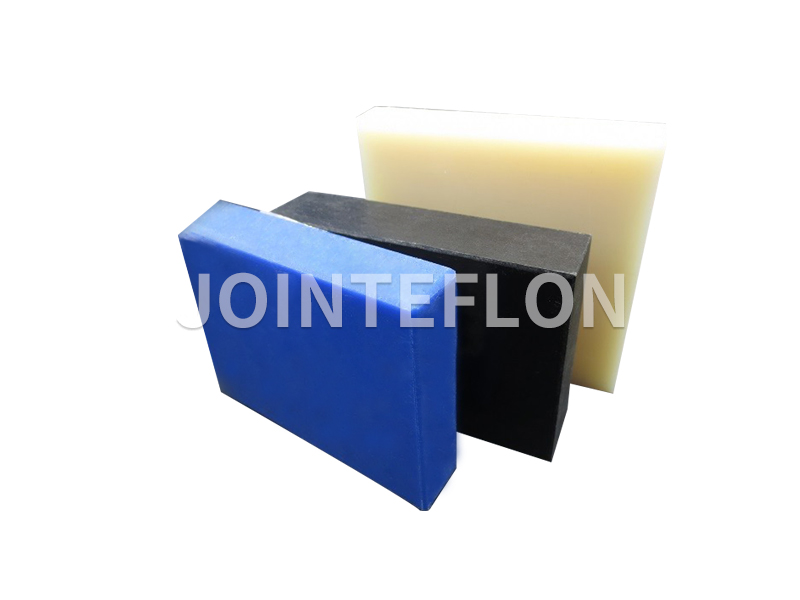Engineering plastics have excellent comprehensive properties, high rigidity, low creep, high mechanical strength, good heat resistance, and good electrical insulation. They can be used for a long time in harsh chemical and physical environments, and are popular with consumers. The following are the performance characteristics and applications of engineering plastics.
Performance characteristics of engineering plastics
1.Compared with general-purpose plastics, it has excellent heat and cold resistance, excellent mechanical properties in a wide temperature range, and is suitable for use as a structural material;
2. Good corrosion resistance, less environmental impact, and good durability;
3. Compared with metal materials, it is easy to process, has high production efficiency, and can simplify procedures and save costs;
4.Good dimensional stability and electrical insulation;
5. Light weight, high specific strength, and outstanding anti-friction and wear resistance.

Application of engineering plastics
Compared with general plastics, engineering plastics can meet higher requirements in terms of mechanical properties, durability, corrosion resistance, heat resistance, etc., and they are more convenient to process and can replace metal materials.
Engineering plastics are widely used in electronic and electrical, automotive, construction, office equipment, machinery, aerospace and other industries. Plastic instead of steel and plastic instead of wood have become an international trend.
Engineering plastics have become the fastest growing field in the plastics industry in the world today. Its development not only supports the national pillar industries and modern high-tech industries, but also promotes the transformation of traditional industries and the adjustment of product structures.
Engineering plastics are increasingly used in automobiles, mainly used as bumpers, fuel tanks, instrument panels, body panels, doors, lamp covers, fuel pipes, radiators, and engine-related parts.
In machinery, engineering plastics can be used for mechanical parts such as bearings, gears, screw nuts, seals, and mechanical structures such as housings, covers, handwheels, handles, fasteners and pipe joints.
In electronic appliances, engineering plastics can be used for insulation materials such as wire and cable coatings, printed circuit boards, insulating films and electrical equipment structural parts.
In household appliances, engineering plastics can be used in refrigerators, washing machines, air conditioners, televisions, electric fans, vacuum cleaners, electric irons, microwave ovens, rice cookers, radios, combined audio equipment and lighting appliances.
In the chemical industry, engineering plastics can be used in chemical equipment such as heat exchangers, chemical equipment linings, and pipes and fittings, valves, pumps and other chemical pipelines.
The above is an introduction to the performance characteristics and applications of engineering plastics. I hope you will understand the performance characteristics and applications of engineering plastics and help everyone.


